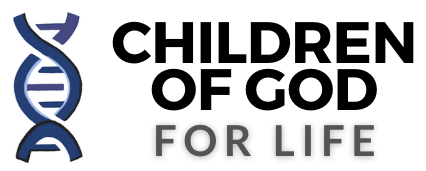Single Adult Stem Cell Can Self Renew, Repair Tissue Damage in Live Mammal
December 15, 2008 ( www.LifeSiteNews.com ) – The first demonstration that a single adult stem cell can self-renew in a mammal was reported at the American Society for Cell Biology (ASCB) 48th Annual Meeting, Dec. 13-17, 2008 in San Francisco.
The transplanted adult stem cell and its differentiated descendants restored lost function to mice with hind limb muscle tissue damage.
The ability to isolate and then transplant skeletal adult muscle stems cells could have a wide impact in treating not only a variety of muscle wasting diseases such as muscular dystrophy but also severe muscle injuries or loss of function from aging and disuse.
The adult stem cells used in the study, conducted at Stanford University, were isolated from a mixed population of satellite cells in the skeletal muscle of mice.
The skeletal adult muscle stem cells (MusSC), which live just under the membrane that surrounds muscle fibers, normally respond to tissue damage by giving rise to progenitor cells that become myoblasts, fusing into myofibers to repair the tissue damage.
The scientists transplanted the MusSC into special immune-suppressed “nude” mice whose muscle satellite cells had been wiped out in a hind limb by irradiation.
The mice would only be able to repair injury if the transplanted MuSC “took.” The scientists, Alessandra Sacco and Helen Blau, had genetically engineered the transplanted MusSC to glow under ultraviolet light, making it easy to trace.
“To be able to detect the presence of the cells by bioluminescence was really a breakthrough,” says Blau. “It taught us so much more. We could see how the cells were responding, and really monitor their dynamics.”
Sacco and Blau tracked each transplanted stem cell as it rapidly proliferated and engrafted its progeny into the irradiated muscle tissue. The scientists then injured the regenerated tissue, setting off massive waves of muscle cell growth and repair, and subsequently showed that the MuSC and descendents rescued the second animal’s lost muscle healing function.
After isolating the luciferase-glowing muscle stem cells from the transplanted animal, the scientists duplicated, or cloned, the cells in the lab. Like the original MuSC, the cloned copies were intact and capable of self-renewal.
“We are thrilled with the results,” says Sacco. “It’s been known that these satellite cells are crucial for the regeneration of muscle tissue, but this is the first demonstration of self-renewal of a single cell.”
In other experiments, the researchers transplanted between 10 and 500 luciferase-tagged MuSC into the leg muscles of mice.
These cells also proliferated and engrafted, forming new myofibers and fusing with injured fibers.
Unlike tumor cells, the transplanted stem cells achieved homeostasis, growing to a stable, constant level and ceasing replication. The formation of tumors has plagued attempts to use embryonic stem cells for similar cures, but appears to largely be avoided when using adult stem cells.
After demonstrating that the transplanted stem cells proliferated and fully restored the animal’s lost function, Sacco and Blau recovered new stem cells from the transplant with full stem cell potency, meeting the final “gold standard” test for adult multipotent stem cells.

God bless you both and your growing family! Your work has been appreciated beyond words. I look forward to your…
Science and medicine proclaim to want to save lives with sick innovation and research like we just read about but…
Want information to be in English
Dear GOD! Have mercy on this. Makes me want to vomit.